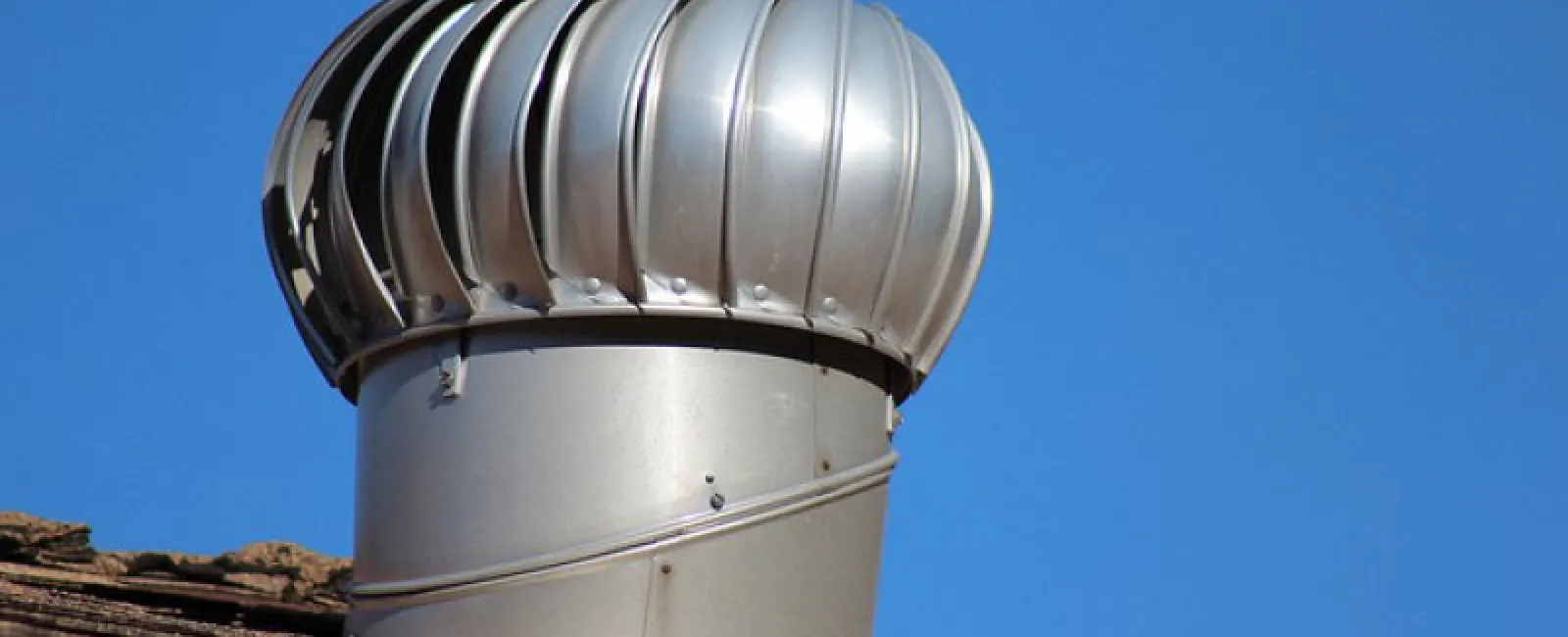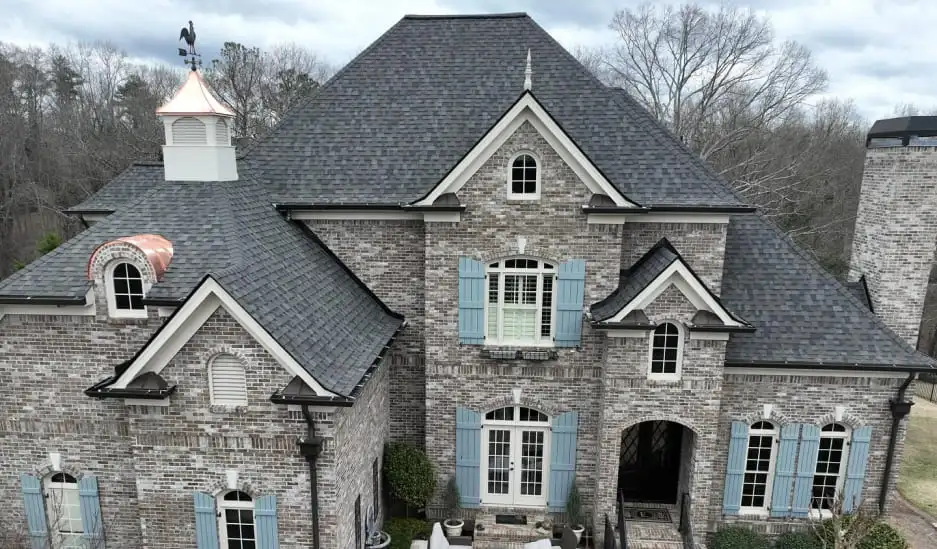Roof vents help keep your home cool, prevent moisture problems, and generally encourage healthy airflow: Your roof just doesn’t work well without them. So let’s take a look at the differences between the ridge vent vs. turbine vent, two of the most popular styles.
Ridge vents
A ridge vent, as the name indicates, is located at the ridges where your roof peaks, and runs along the top of those ridges. The vent is shaped around the ridge and covered with matching siding or tile, so that it is very unobtrusive and typically looks like a running cap or piece of extra roof trim.
Ridge vents come with several advantages. When installed correctly they can provide a high volume of airflow per square foot, since the entire ridge acts as a vent instead of just one or two locations across the roof.
However, when comparing the ridge vent vs. turbine vent, remember that ridge vents also need accurate, skilled installation to work properly. Weather guards and wind baffles must be used to ensure that the moisture cannot leak back into the ridge, and to create the important low-pressure area necessary to help hot air escape. The ridge must be installed along the entire roof to prove effective, and not all rooftops have enough ridges for this method to work. For especially steep hip roofs, even full ridge vents may not provide enough airflow.
Turbine vents
Turbine vents do indeed look like small wind turbines installed on your roof. As the wind moves across your rooftop, it turns these turbines and draws air up out of your attic area. No additional source of power is needed, and turbines are available in a wide variety of sizes and styles. Typically a rooftop will use two or three of these turbines, depending on the size of the roof.
Naturally, the action of wind turbines depends on the wind. When the wind blows regularly, these vents can move more air than other types of vents, but they are not effective when the air is still. Also, since the installation area for turbine vents is much smaller than ridge vents, they often cost less to install.
When reviewing turbine vent options, remember that they are very visible: If you want your vents to have a low profile, you may prefer ridge vents. Lubrication and high quality materials are also important – depending on the climate, poor-quality turbines may rust or dry out, developing intolerable squeaks and groans.
Ridge vent vs. turbine vent: Final thoughts
While ridge vents win for their subtle appearance and functionality, turbine vents may be better in especially hot or humid climates where more dynamic airflow is necessary. If you are not sure which to use, consult a roof professional who can examine the needs of your home and draw up a venting plan for you. In some cases, a combination of both vents may prove the best solution.



